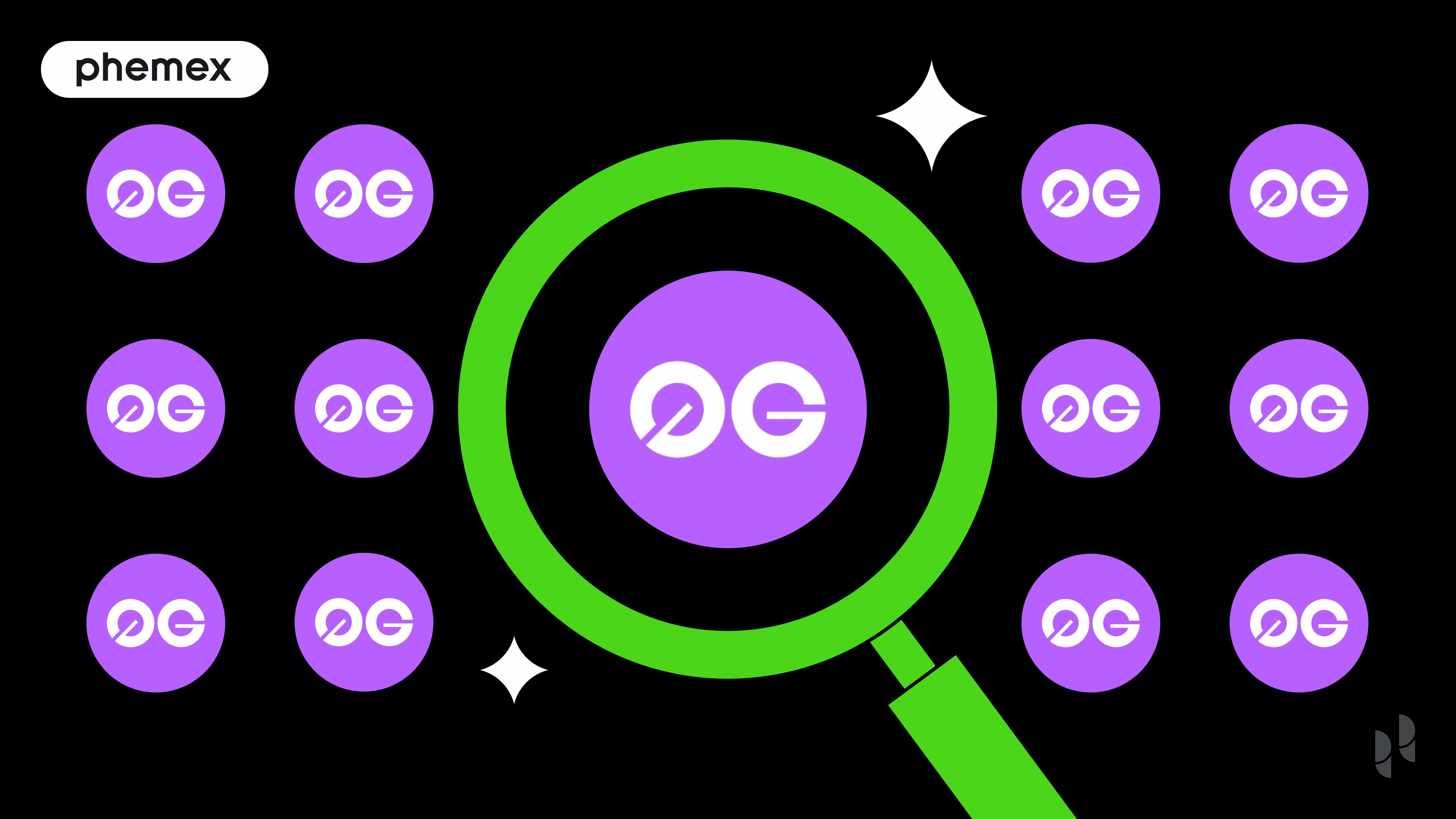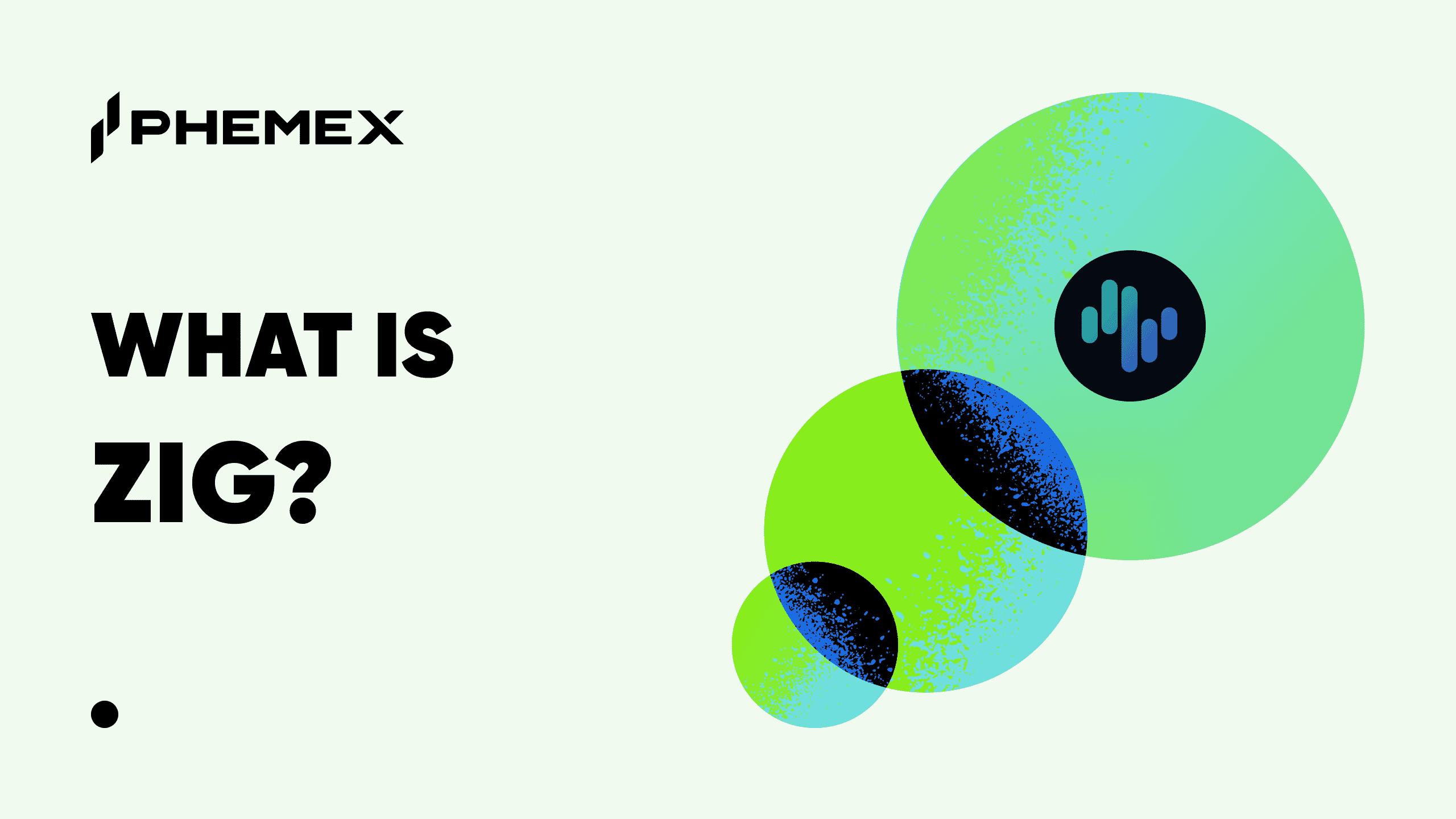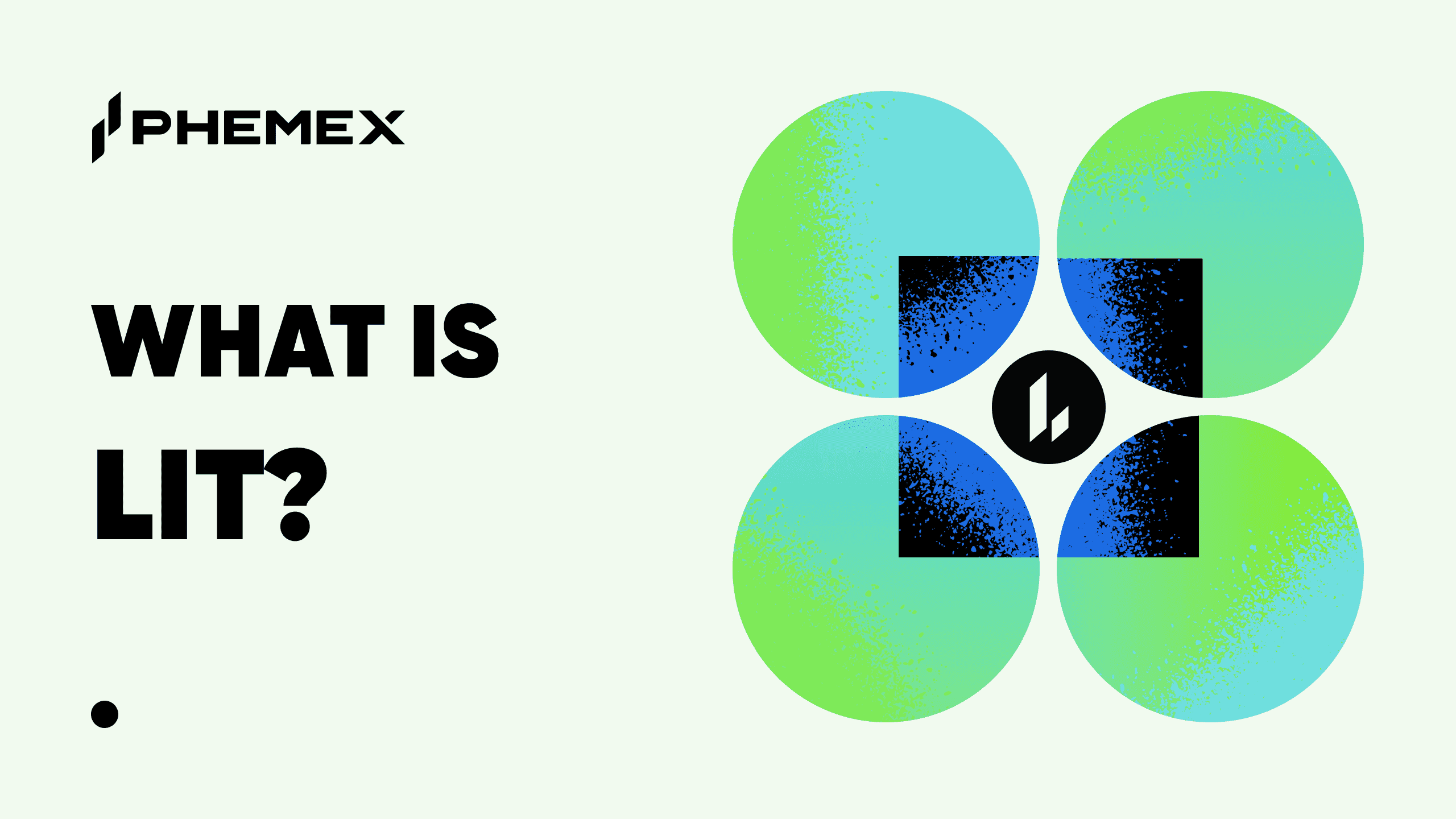Introduction
Zero Gravity (0G) is a decentralized AI platform launched in 2023 by a San Francisco-based team, designed to make artificial intelligence (AI) work efficiently on blockchain. It addresses challenges like high costs and slow speeds that limit AI on traditional blockchains. With a focus on transparency, 0G supports AI applications, DeFi, and gaming through a unique setup of storage, data access, and computing tools. Having processed over 400 million test transactions and partnered with groups like Alibaba and Stanford, 0G is gaining attention in the decentralized AI (DeAI) space. This Phemex Academy guide explores 0G's mechanics, ecosystem role, and potential in the expanding decentralized AI sector.

Summary Box (Quick Facts)
- Token Name: Zero Gravity
- Ticker: 0G
- Contract Address: 0x4B948d64dE1F71fCd12fB586f4c776421a35b3eE
- Total Supply: 1,000,000,000 0G
- Circulating Supply: 213,200,000 0G
- Current Market Cap: 1.1B
- Type: Governance and Utility Token
- Chains: Modular Layer-1 with EVM compatibility
- Availability on Phemex: Spot & Futures
What Is 0G?
The $0G token powers Zero Gravity, a blockchain platform built to support AI applications. Unlike centralized AI systems controlled by large companies, 0G aims to be open and community-driven. It tackles the high costs and slow performance of running AI on blockchains, making it easier to build and use AI apps, as well as projects in DeFi and gaming, per the 0G whitepaper.
What Is the 0G Network?
The 0G network is like a toolkit for blockchain-based AI. It has four parts:
-
0G Chain: Runs apps and smart contracts, working with Ethereum tools.
-
0G Storage: Handles large data sets, like those needed for AI training.
-
0G Data Availability: Ensures data is quickly accessible for apps.
-
0G Compute: Supports AI tasks, such as running or training models.
With over 400 million test transactions and plans for 100,000 transactions per second, 0G is built for speed and scale. It uses Ethereum’s EigenLayer for added security.
Mission
0G’s goal is to make AI open and fair, avoiding control by a few big players. By running AI on a blockchain, it aims to keep processes transparent and community-focused, ensuring data and decisions are visible to all, per the 0G whitepaper.
Why 0G Stands Out
0G is tailored for AI, unlike general-purpose blockchains. It’s faster and cheaper for AI tasks and allows anyone with a basic laptop to participate by running a node. Its partnerships with Alibaba and Stanford add credibility.
0G Tokens Allocation and Distribution
The tokens are divided to support various roles:
|
Category |
Percentage |
Amount (0G) |
Release Schedule |
|---|---|---|---|
|
Community & Growth |
40% |
400M |
For grants, rewards |
|
Team & Advisors |
20% |
200M |
1-year lock, then slow release |
|
Investors |
15% |
150M |
Released over 2-3 years |
|
Node Rewards |
10% |
100M |
For node operators |
|
Foundation Treasury |
10% |
100M |
For future initiatives |
|
Liquidity & Listings |
5% |
50M |
Available at launch |
Key Token Highlights
-
Community Support: 40% goes to users and developers, including an $88.88 million fund.
-
Node Rewards: Operators earn tokens; unsold rewards go to active nodes.
-
Release Plan: 33% of node rewards are available at launch, with the rest released over 3 years.
What Does 0G Do?
The $0G token has several uses:
-
Governance: Vote on platform changes, like new features.
-
Rewards: Earn tokens by staking or running nodes.
-
Growth: Supports new projects and AI apps.
-
AI Tasks: Pays for storage, data, and computing power.
These roles make $0G central to the platform’s operations, per the 0G documentation.
0G vs. Bittensor
|
Feature |
0G (Market Cap: 1.12B) |
Bittensor (Market Cap: $2.97B) |
|---|---|---|
|
Focus |
Full AI platform (storage, data, compute) |
AI model-sharing marketplace |
|
Backing |
Experts, PhDs, partners like Alibaba |
Community-driven, TAO token |
|
Key Feature |
Scalable AI tools |
Peer-to-peer AI model sharing |
|
Token Use |
Governance, staking, rewards |
Model contributions, rewards |
|
Chains |
Custom, Ethereum-compatible |
Custom, Polkadot integration |
What Sets 0G Apart
0G offers a complete AI ecosystem, unlike Bittensor’s focus on model sharing. Its easy-to-use nodes and strong partnerships make it accessible and credible.
The Tech Behind 0G
0G’s technology is designed for simplicity and speed. It processes 2,500+ transactions per second, with plans to reach 100,000. Its structure splits tasks (storage, data, computing) for efficiency. Security comes from a fair node system and Ethereum’s EigenLayer, ensuring trust and transparency.
Team & Origins
Founded in 2023 in San Francisco, 0G is led by the 0G Foundation and 0G Labs. The team includes tech experts, PhDs, and Olympiad winners, with research contributions in AI standards. They have partnerships with Alibaba and Stanford, per the 0G Foundation website.
Key News & Events
-
2023: 0G launched to focus on AI-friendly blockchain.
-
2024: Testnets hit 400M+ transactions; partnerships with Alibaba, Stanford.
-
November 2024: Node sale begins (whitelist November 11, public November 13).
-
Q1 2025: Mainnet launch planned, enabling token release and node operations.
Is 0G Worth Exploring?
0G operates in the fast-growing decentralized AI (DeAI) sector, part of the broader AI market projected to reach $1.81 trillion by 2030 at a 35.9% CAGR. Now live and trading since its September 2025 mainnet launch, $0G trades at around $5.27 with a $1.12 billion market cap and $1.1 billion in 24-hour volume, reflecting a 9.09% daily gain amid a 120% surge driven by key developments. Below, we break down the positive momentum, potential risks, and key considerations for balanced exploration.
Positive Momentum
- Strong Launch Performance: Strong launch with significant price growth and exchange listings enhancing accessibility.
- Major Backing and Funding: Strong backing from notable investors and funds, indicating growing institutional support.
- Ecosystem Traction: Growing ecosystem with significant testnet activity and partnerships, hinting at adoption potential.
Potential Risks
- High Volatility: New token listings may experience price volatility and potential corrections.
- Competition and Market Saturation: Faces competition in a growing market with potential regulatory challenges.
- Early-Stage Challenges: Early-stage projects may face price pressure from supply releases and network stability issues.
Key Considerations
- Token Utilities: $0G enables governance voting, staking rewards (via nodes with low hardware needs), and payments for AI services—ideal for long-term holders interested in DeAI growth.
- Market Context: DeAI's expansion offers upside, but align with risk tolerance; diversify and monitor trends like AI regulations or ecosystem grants.
- Next Steps: Review on-chain metrics, whitepaper, and independent audits; consult financial advisors for personalized advice before any engagement.
How to Trade 0G on Phemex
0G is now available on Phemex Spot and Futures, you can easily trade 0G on Phemex by following these steps:
-
Create a Phemex account if you don't already have one.
-
Deposit funds (like USDT) into your Phemex wallet.
-
Navigate to the 0G/USDT spot trading page or perpetuals trading page.
-
Enter the amount you wish to buy and place your order. You can then trade 0G or hold it in your wallet.
FAQ
-
What is 0G? A blockchain platform for fast, open AI applications.
-
How does it differ from Bittensor? 0G provides a full AI ecosystem, not just model sharing.
-
Is 0G secure? Yes, it uses node systems and Ethereum’s EigenLayer for safety.
-
What’s 0G’s roadmap? Mainnet in 2025, targeting fast transactions and AI tools.
-
What’s the node sale? A way to run nodes and earn rewards, starting at launch.
Conclusion
0G aims to make AI open and accessible through blockchain, offering tools for developers and users in DeAI, DeFi, and gaming. Its scalable design and partnerships position it as a notable project, though its early stage means risks remain. Stay informed with Phemex Academy for updates on 0G and the DeAI space.







